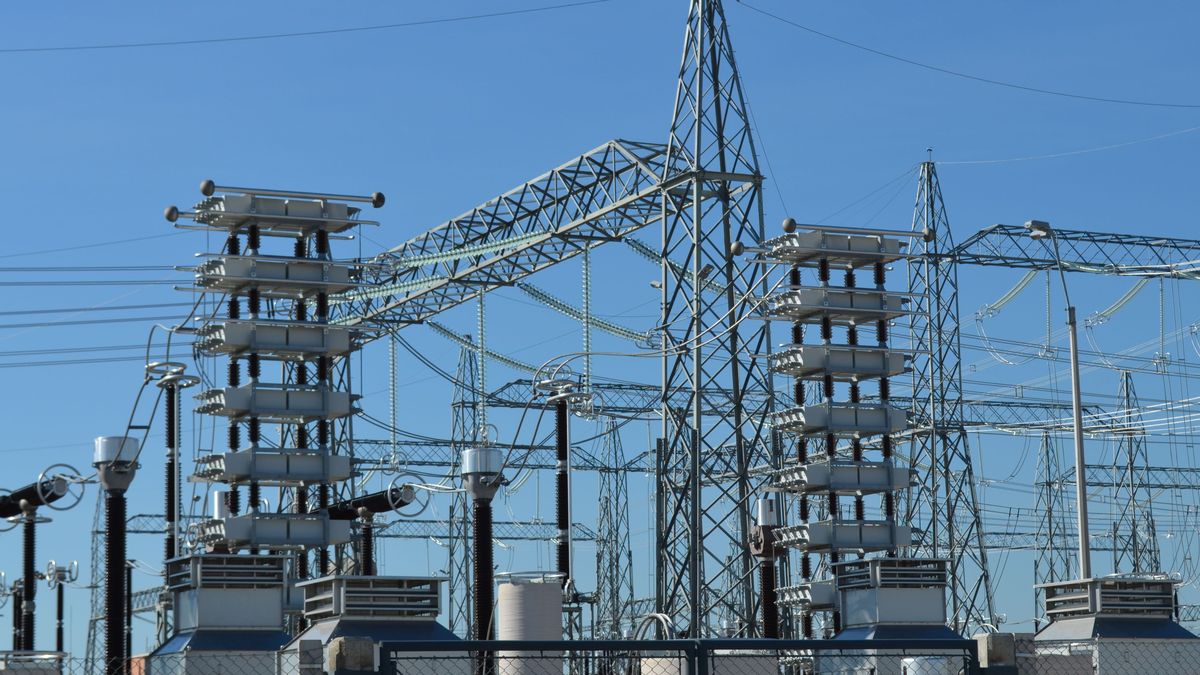The hierarch compared it with the last consumption peak registered on December 9, 2022 – where 42,215 megawatt hours (MW/h) were consumed – and explained that the consumption on Monday was 42,636 MW/hr.
Emaldi explained that there are different ways to supply this consumer demand, including importing energy from Brazil. This has materialized several times in the last week due to the drought that prevents the generation of hydropower.
Currently, Uruguay buys from Brazil a 25% of what is consumed in the country. A number similar to that produced by the dams these days, which suffered a drop of 50% since in normal terms, their production is 50%.
It is exported to Argentina and imported from Brazil
This weekend, while Argentina was also suffering from a heat wave, a large amount of energy was exported to the neighboring country. According to data from the Electricity Market Administration (ADME) The exchanges between Argentina and Uruguay began this Friday at dawn – between 2 and 7 in the morning – with 0.6 GWh. However, like the heat, the demand was growing throughout the weekend. In the early hours of Saturday – between twelve and eight in the morning – they exported 2.23 GWhbut by Sunday morning – between one in the morning and twelve at noon – the demand doubled when it came to exporting 5.2 GWh.
While Uruguay exports energy to Argentina, it also imports from Brazil. This is due to the fact that the carioca country has turbine surpluses, that is, energy that, if it is not marketed, ends up discarded in hydroelectric landfills. This allows the country to lower costs for the ignition of thermal parks, with a value of up to 800,000 dollars per day.
At a price of $60 MWh – about $130 lower than recommended by the Punta del Tigre Combined Cycle – in a period of more than a week, Uruguay has imported 85.3 GWh. This energy is used to reduce costs in the ignition of the thermal park – because the scarcity of rain does not help in the production of hydroelectric companies – which entailed an expense of diesel and fuel oil, representing an expense of 60 million dollars.
Source: Ambito




